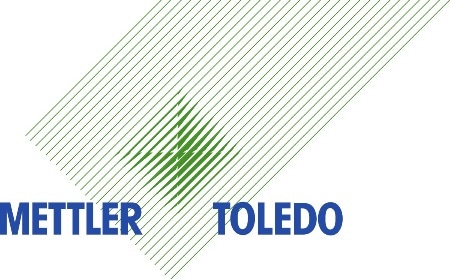The aim of the current experiment was to evaluate the glass transition temperature using SBR as an example.
Sample
The sample used was SBR without crosslinking
Conditions
Measuring cell: DSC822E with optional cooling by liquid nitrogen
Pan: Aluminum 40 µl
Sample preparation: A flat disc of about 10 mg weight was cut out from the basic material and cooled from room temperature to -100 °C at 5 K/min
DSC measurement: Heating was carried out from -100 °C to 50 °C at 10 K/min
Atmosphere: Nitrogen at 50 ml/min was used
.jpg)
Interpretation
When amorphous and semicrystalline materials are cooled to a low enough temperature they show a glass transition. Above this temperature they behave as liquids of varying viscosity. This remains so even if they are vulcanized to produce crosslinking.
However, vulcanization reduces the flow so significantly that the material keeps its shape. In this range of temperature the molecules can rearrange themselves in a cooperative liquid-specific manner.
Below the temperature at which glass transition occurs, these cooperative rearrangements of the molecules are frozen and the material becomes glassy.
The step in the heat capacity curve is due to the changes in molecular movement at the glass transition temperature.
What the shape actually looks like at the glass transition temperature depends on the thermal and mechanical career of the sample. If it is kept below the glass transition temperature or is stressed mechanically, or cools slowly to the glassy state, heating produces a peak next to the glass transition step on the curve, which is caused by enthalpy relaxation.
Evaluation
To determine the glass transition the key factors are the temperature of glass transition, Tg, and the change in the material’s heat capacity at this temperature, Δcp, both of which are found by drawing tangents on the heat flow curve both above and below the temperature of glass transition. It is necessary to choose the tangents with care as they impact the quality and the reproducibility of the test evaluation.
The reason to select the glass transition temperature is its close relationship to the step in the curve and its determination by one of many standard techniques. One of these is to find the temperature at half the height of the step or where the line bisecting the angle between the tangents meets the measurement curve.
The diagram above shows the measurement of the glass transition temperature of SBR without crosslinking, by the ASTM standard method, for a value of -19.8 °C. This value is identical to the glass transition temperature found from the intersection of the angle bisector or the midpoint.

This information has been sourced, reviewed and adapted from materials provided by Mettler Toledo - Thermal Analysis.
For more information on this source, please visit Mettler Toledo - Thermal Analysis.